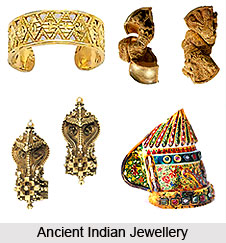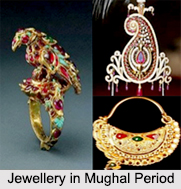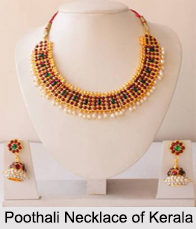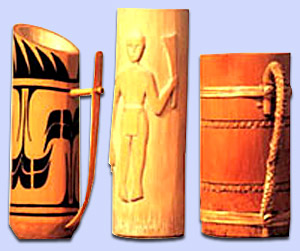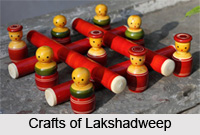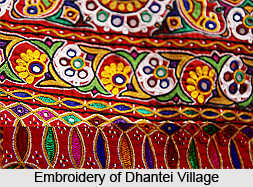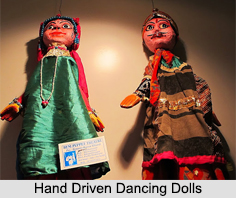 Hand driven dancing doll is a type of folk art of West Bengal and it is about to become extinct now. Among all the districts of West Bengal, Medinipur district is the main hub of this form of folk art. In this type of dance, one man holds two dolls by tug and moves them in dancing steps by hands when another man plays tom-tom (a small drum) in tune of his song to accompany the dancing of the dolls. The dolls are fixed on the tips of bamboos.
Hand driven dancing doll is a type of folk art of West Bengal and it is about to become extinct now. Among all the districts of West Bengal, Medinipur district is the main hub of this form of folk art. In this type of dance, one man holds two dolls by tug and moves them in dancing steps by hands when another man plays tom-tom (a small drum) in tune of his song to accompany the dancing of the dolls. The dolls are fixed on the tips of bamboos.
Artists of Dancing Dolls
The artists of these dancing dolls are mostly from Medinipur district in the villages of Ikshupatrika, Padmatamali, Jukhia, Brindabanchak and Nandigram. They have been occupied in showing this puppet dance to people to earn for their living.
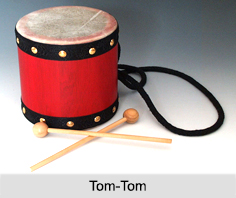 Making of Dancing Dolls
Making of Dancing Dolls
Most of the dancing dolls are made of wood. The head comes down till the neck and the palms of the hand are linked with wrists. They are like hollow tubes, in which the artist can insert his fingers and make movements. The nose, ears, hair bun, the parting of the hair etc are done by carving the wood, while the eyebrows and hair are brush-painted in exact colours. A small string of metal bells is tied around the hair bun and the ears are decked with ornaments of beads.
Types of Dancing Dolls
The dancing dolls are generally images of one man and woman. In Medinipur district, the act for the dancing includes Radha-Krishna, quarrel of Shiva-Durga, episodes of Rama and Sita etc. The dolls are changed according to the acts; dolls of Radha and Krishna leave the stage for Shiva and Durga. In villages, these dolls are called by the name of "beni putul".
The characters of the dolls of other districts are not linked with any mythological characters rather they resemble the social symbols. Hence, some dolls are named as "two co-wives`, "Binodini" (a charmer); some are given longer names, such as Dance well, blunt-nosed woman etc. The songs of this dance cover queer incidents from everyday life with a touch of humour.
